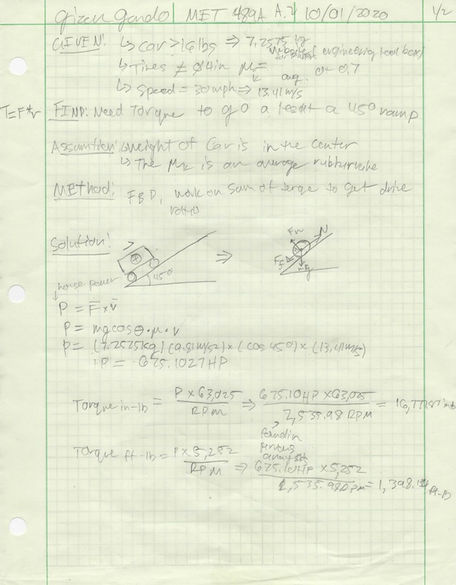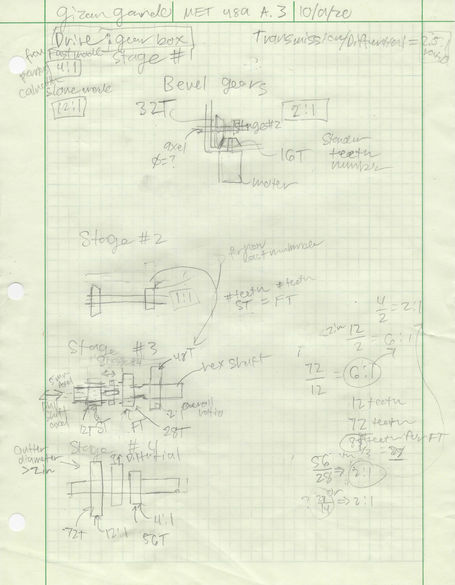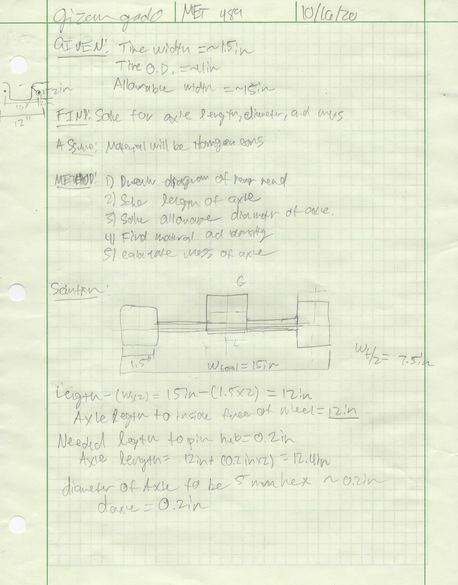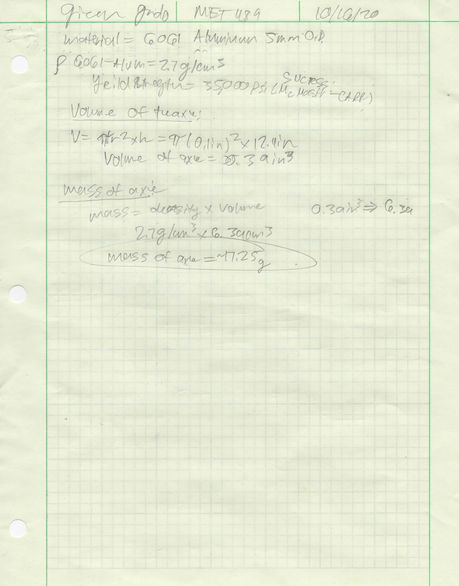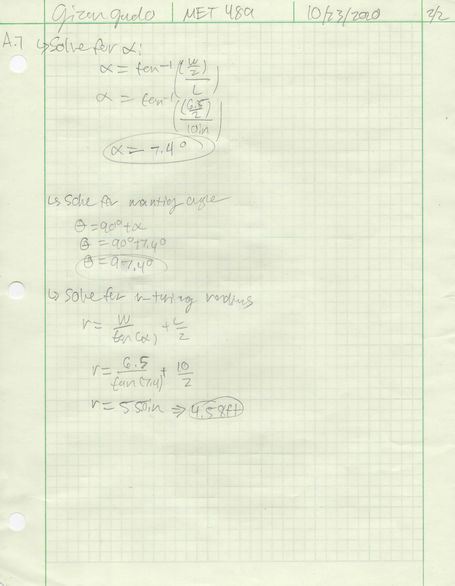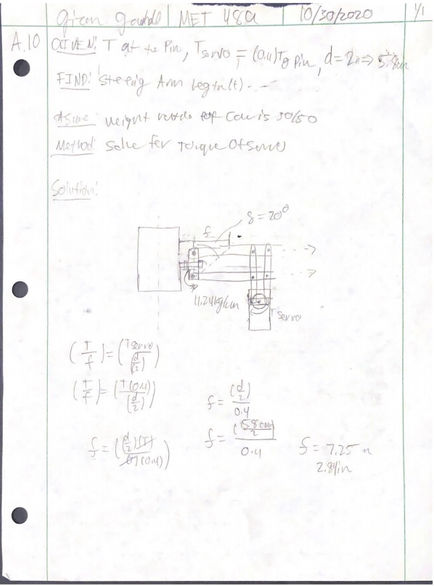
Analysis
Determine the car to have a constant drive speed. Then was to figure out a good second ratio for the car to go up the ramp. Brought the two different drive ratios and combined them to be put in a dual-shifting gearbox for the motor. Looked at the car’s shafts using the power and angular velocity. With those torque values, analyses can be done to determine the forces on the shafts and bearings. To find design parameters for the shafts, an analysis can be done to determine a minimum diameter when designing with a specific material. With these shafts, a key width and depth can be chosen so an analysis can be done to determine the minimum length and stresses of the key. Then an analysis is done to determine the distance and angle between the two offset shafts. Using figuring out the need angles for turn radius. Looking at force, angular acceleration, linear acceleration of rear wheels.
Design Requirements:
- Radio Controlled Baja Car must at least reach a velocity of 30 mph.
- Radio Controlled Baja Car must be able to go up a 30° incline without backtracking.
- Radio Controlled Baja Car must be able to withstand being dropped two feet
- Overall Baja Car must be under 10 pounds
List of Figures:
Figure 1: Drive Ratio for the car to go 30MPH
Figure 2: Need drive ratio for going up a 30° ramp
Figure 3: Calculations of the gearbox ratios
Figure 4: Calculations of a stage of gear box
Figure 5: Finding Axle size and mass
Figure 6: Finding Acceleration
Figure 7: Turning radius and angle
Figure 8: Length for steering Axle
Figure 9: Need torque for servo
Figure 10: Length for the steering
Figure 11: Length for pivoting beam
Figure 12: Length for shifter
Figure 2
Figure 4

Figure 5

Figure 1

Figure 3

Figure 5
Figure 6

Figure 7
Figure 8

Figure 9
Figure 10

